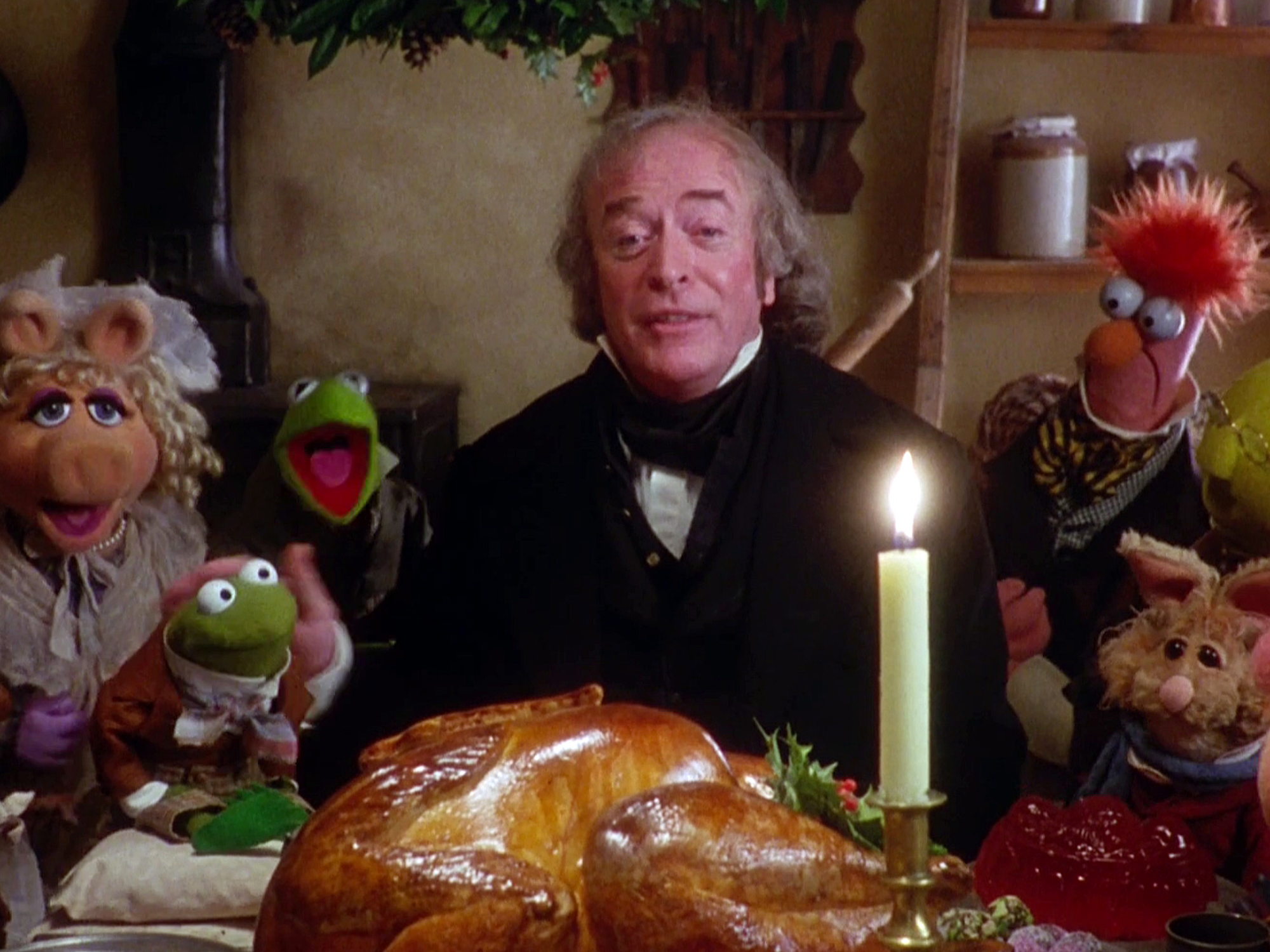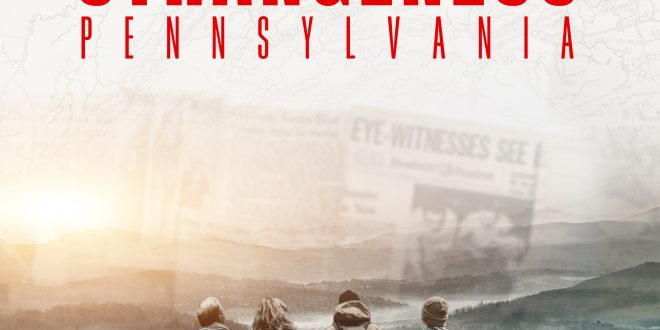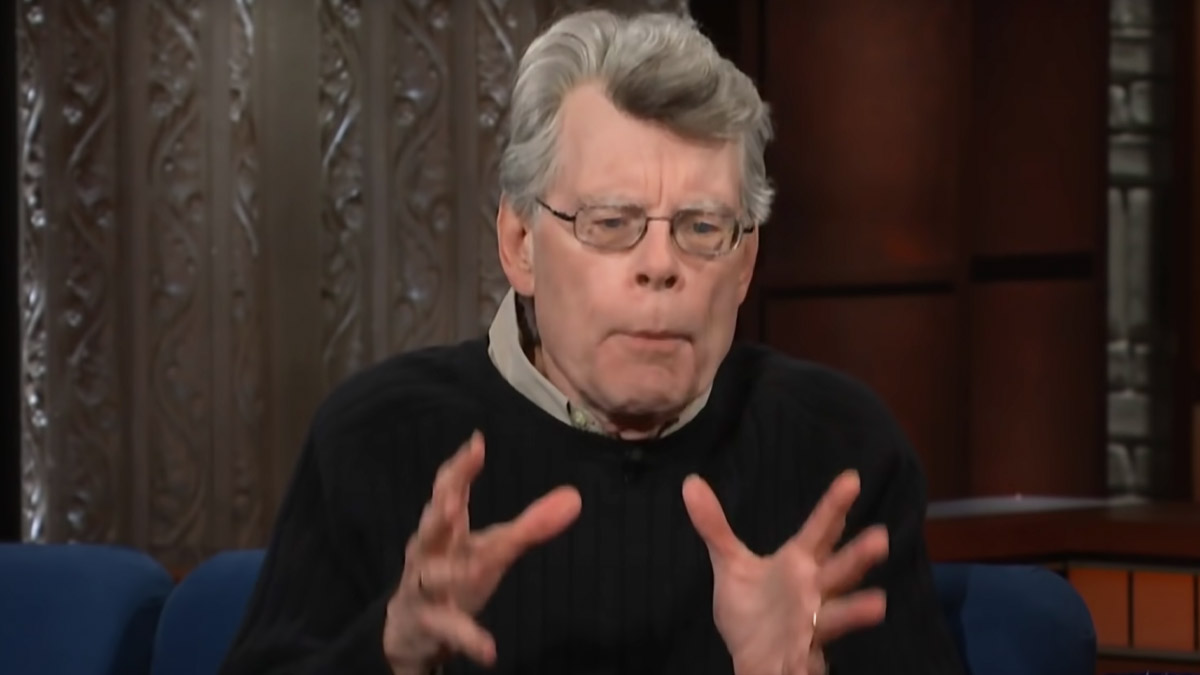Review: Guillermo del Toro’s ‘Pinocchio’ Film is a Stop-Motion Wonder
by Manuel São Bento
December 6, 2022
The famous, beloved tale of the wooden puppet named Pinocchio has been passed down from generation to generation since 1883 when Italian author Carlo Collodi released the iconic children’s novel The Adventures of Pinocchio. Countless literary, film, television, and stage adaptations have taken the story and transported it from decade to decade without losing the essence of the original work. 2022 already provided Disney’s live-action version, based on their own 1940 musical, but the filmmakers Guillermo del Toro and Mark Gustafson are also ready to deliver us their own stop-motion animated – and improved – reimagination.
By now, very few people don’t recognize Mexican director Guillermo del Toro as one of the most fascinating filmmakers working today, but Gustafson, a visionary stop-motion animation director, is the one who truly captured my attention regarding this Pinocchio. As an incessant fan of this type of hand-crafted animation, this simple fact plus del Toro’s “promise” that the narrative would clash with most of the film adaptations produced before this, generated quite high expectations for a classic story which, personally, never dazzled me. That said, Guillermo del Toro’s Pinocchio is indeed one of the best animated movies of the year.
Obviously, this film touches on many plot points common to other versions and follows a similar structure, even considering a few drastic changes to the Italian story. One of the most positive modifications is the time allocated to Geppetto’s (voiced by David Bradley) life before the creation of Pinocchio (voiced by Gregory Mann), which significantly alters the story’s central theme. Del Toro and co-writer Patrick McHale’s screenplay focuses on sensitive, true-to-life topics, such as the pain of grief and (fatherly) love, surrounding the movie with an incredibly human, emotionally complex environment.
Regardless of setting the film at a specific time in history – in 1930s Fascist Italy just before World War II – and even making the narrative much more political than usual, the magical elements preserve an important presence in Pinocchio, but without ever taking the spotlight away from the well-explored character arcs. Both the beginning and conclusion of the film follow different paths compared to most previous versions of this story, but these narrative risks inherent in any adaptation prove to be consistent between them.
That is, the film isn’t afraid to speak a hard truth or go forward with a bold decision. This dedication and commitment can be seen in the writing through rich conversations with memorable messages about the deeply meaningful themes, as well as being the best version of ourselves, with Pinocchio’s greatest virtue in this adaptation being his genuine disobedience. This characteristic of the wooden puppet is depicted as a negative trait in other stories, but del Toro and McHale defend it tooth and nail throughout the runtime.

Guillermo del Toro’s Pinocchio is seriously affected by the brewing war; therefore, the rules and laws of the world aren’t exactly the most ethically and morally correct. Despite Pinocchio’s immaturity being quite irritating at certain points, making it challenging to create a stronger bond with him, the film is prudent in exploring the imperfections that mark the parents and children of this complicated world, focusing on the most important thing of all: the love that they feel for each other. After all, we all say things we don’t mean when we’re under pressure, stressed, or upset.
Such disobedience by Pinocchio allows the movie to build a self-discovery arc in which this young, wooden protagonist decides for himself the rules he understands as acceptable and tolerable based on his own life experiences. The filmmakers also make clear that being human doesn’t mean being made of flesh & blood but instead feeling & behaving like one. I needed a more realistic, passionate, thematically complex film to realize, like the protagonist, that I also didn’t accept some of the ideologies present in other Pinocchio flicks.
Technically, Pinocchio continues the trend of stop-motion animation impressing me with its breathtaking visuals. Be it the design and construction of the characters or the gorgeous shots with absolutely stunning landscapes, this is, without a doubt, one of the most beautiful, creative animation flicks in recent years. The musical numbers, old and new, maintain entertainment levels more aimed at children, but the rich lyrics will induce many smiles in adult viewers.
The voice cast couldn’t have delivered more. Ewan McGregor stands out from the group with a captivating performance as the wisecracking cricket narrator, Sebastian J. Cricket. David Bradley transmits immense emotion to Geppetto’s voice, while Gregory Mann loses some control of his higher tones as the wooden boy. Tilda Swinton, Ron Perlman, and Christoph Waltz perfectly embody the auras of their distinct characters. Apart from a slower, naturally predictable phase, Pinocchio doesn’t have any major issues, being a must-watch of this last month of the year and a strong candidate for awards season accolades.
Final Thoughts
Guillermo del Toro’s Pinocchio retells the famous tale of the wooden puppet through visually lovely stop-motion animation, featuring several bold narrative changes that make this remake more human, emotional, and thematically profound than so many other adaptations. Unforgettable scenes about loss, love, and being the best version of ourselves elevate an adventure of self-discovery. The voice cast couldn’t have been better, while the (new) music manages to be both playful & lyrically rich. Guillermo del Toro simply cannot fail.
Manuel’s Rating: B+
Follow Manuel on Twitter – @msbreviews / Or Letterboxd – @msbreviews




























